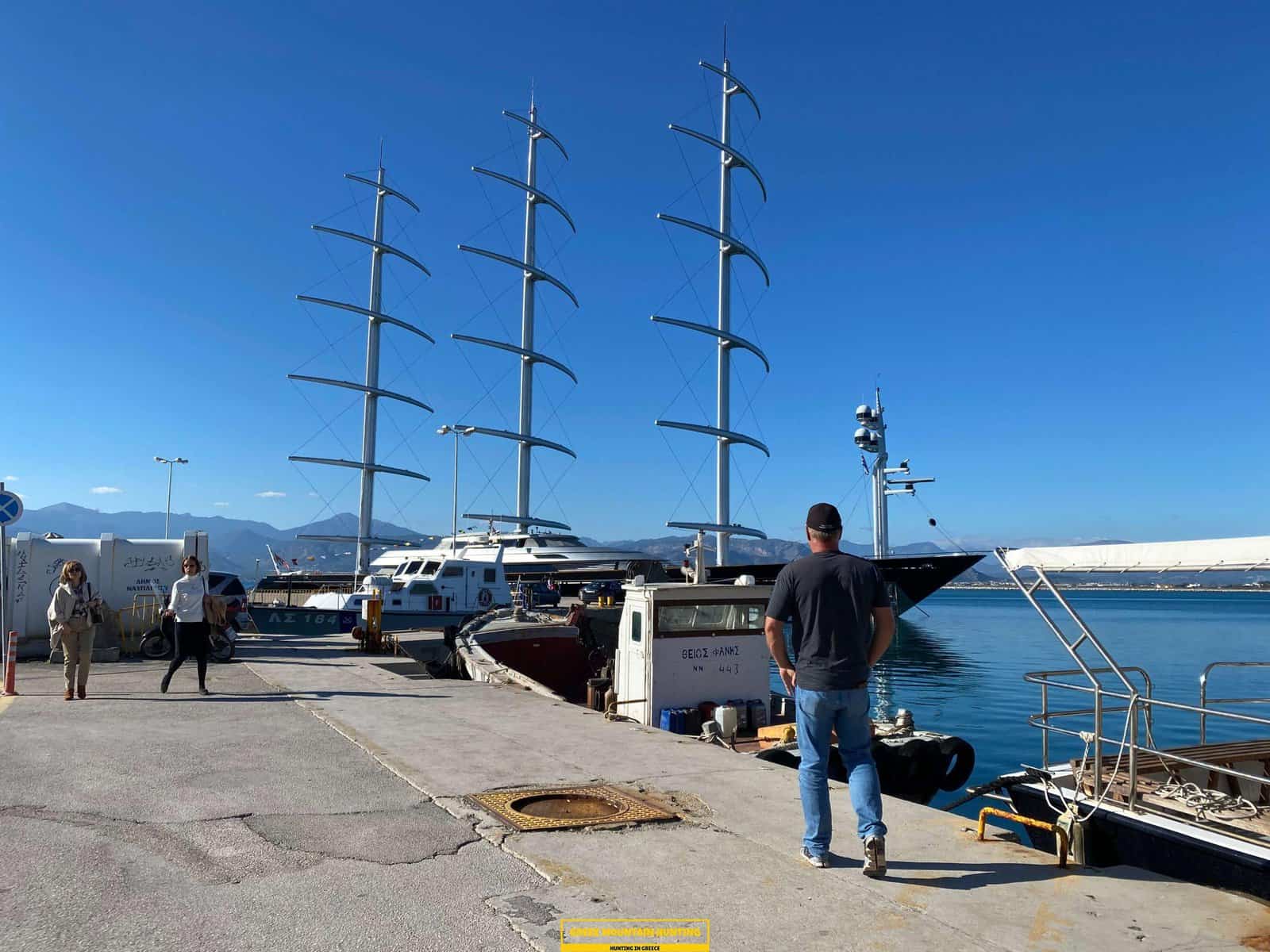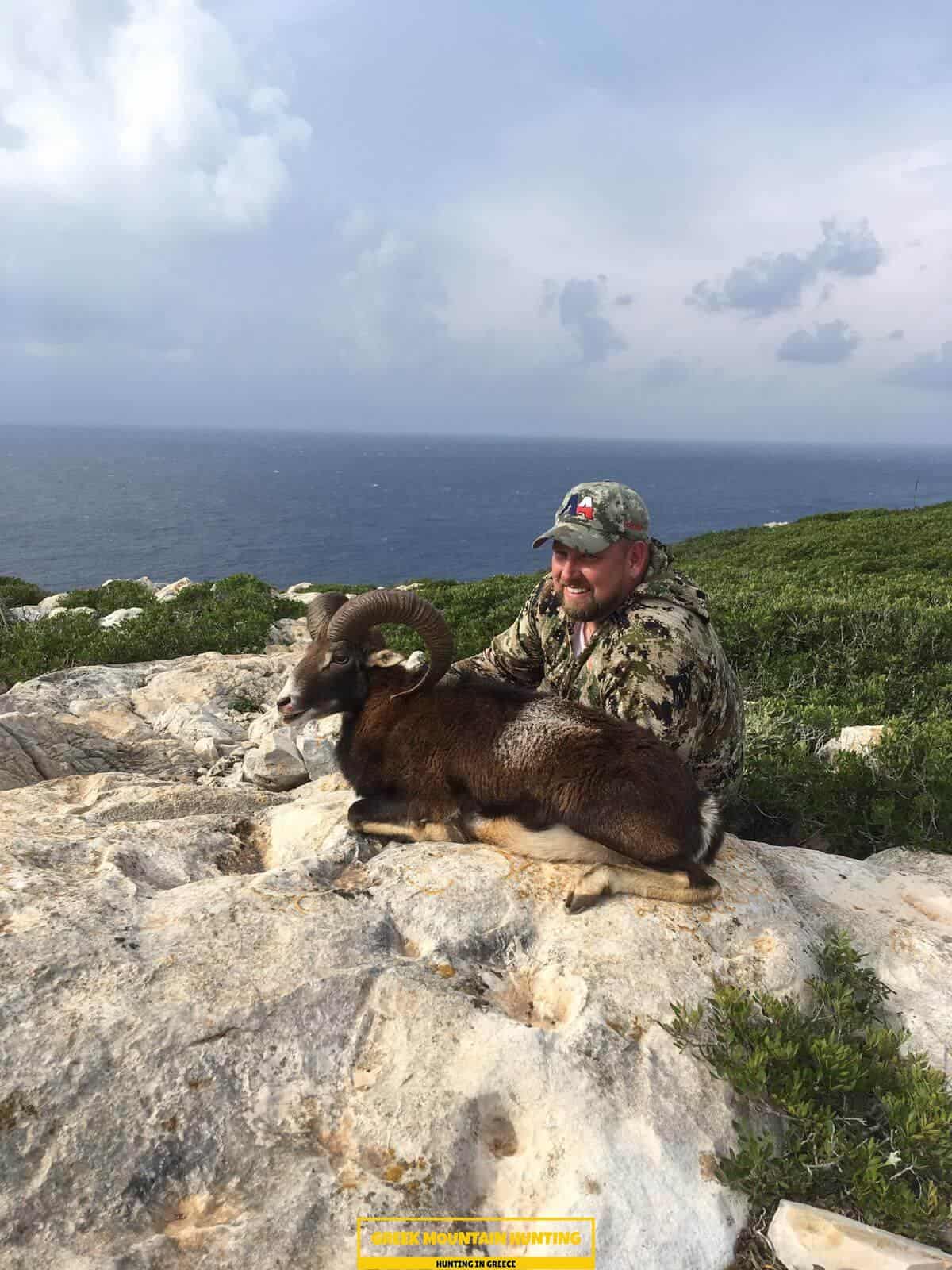
They say that the Peloponnese peninsula is the "real" Greece. And we claim, if you're searching for an unforgettable experience, our searching and also visiting Peloponnese tour from Methoni is the perfect means to experience all that this stunning nation has to supply.

Greece is a lovely country with a lot of possibilities for travelers. There are magnificent coastlines, ancient damages, as well as scrumptious food to enjoy. Furthermore, there are numerous tasks available such as snowboarding, walking, and cycling. Greece is the ideal location for any person trying to find a vacation packed with experience as well as exhilaration.
The first thing you will certainly see when you show up in the Peloponnese peninsula is the stunningly lovely landscape. The mountains, rivers, lakes, and woodlands make this location a nature fan's heaven. There are additionally a lot of chances for treking, angling, swimming, and various other outside tasks. The Peloponnese peninsula is not just concerning its natural charm; there are additionally numerous historical and also cultural websites to check out. Do not neglect also fishing, free-diving as well as hunting. Some of one of the most popular visitor destinations in the Peloponnese include old Olympia, Epidaurus, Mycenae, and also Sparta. These locations offer a fascinating peek into Greece's rich history and culture. If you have an interest in discovering more concerning Greek folklore, then you will most definitely intend to visit Mount Olympus, home of the 12 Olympian gods. Certainly, no trip to Greece would certainly be complete without trying some of the delicious food. The Peloponnese peninsula is house to several of the most effective olive oil in the world in addition to feta cheese, olives, honey, and also a glass of wine. See to it to try several of the local specializeds such as dolma (packed grape leaves), Souvlaki (barbequed meat skewers), and also Gyro (meat wrapped in pita bread).
If you're looking for an authentic Greek experience, after that look no further than our exterior hunting in Greece with fishing, and also free diving trips of Peloponnese. This is an unforgettable method to see everything that this outstanding region has to offer. Reserve your scenic tour today!
What is the diference between Kri Kri ibex, Bezoar ibex and hybrid ibex
The kri-kri is not thought to be indigenous to Crete, most likely having been imported to the island during the time of the Minoan civilization. Nevertheless, it is found nowhere else and is therefore endemic to Crete. It was common throughout the Aegean but the peaks of the 8,000 ft (2,400 m) White Mountains of Western Crete are their last strongholds–particularly a series of almost vertical 3,000 ft (900 m) cliffs called ‘the Untrodden’—at the head of the Samaria Gorge. This mountain range, which hosts another 14 endemic animal species, is protected as a UNESCO Biosphere Reserve. In total, their range extends to the White Mountains, the Samaria National Forest and the islets of Dia, Thodorou, and Agii Pandes.
This Ibex is NOT a diminutive form of the Bezoar Ibex, which has migrated into the western-most reach of the range of this species. The kri – kri (Capra aegagrus cretica), sometimes called the Cretan goat, Agrimi, or Cretan Ibex, is a feral goat inhabiting the Eastern Mediterranean, previously considered a subspecies of wild goat. The kri-kri has a light brownish coat with a darker band around its neck. It has two horns that sweep back from the head. In the wild they are shy and avoid tourists, resting during the day. The animal can leap some distance or climb seemingly sheer cliffs.
“The agrimi goat Capra aegagrus cretica is unique to Crete and its offshore islands. It has been identi®ed as a sub-species of the wild bezoar goat Capra aegagrus aegagrus Erxleben, 1777, which it closely resembles in horn shape, body form and coloration. This classi®cation has been disputed by some researchers who claim that the agrimi are feral goats, derived from early domestic stock brought to the island by the ®rst Neolithic settlers. In order to clarify this issue, DNA analyses (cytochrome b and D loop sequences) were carried out on tissue of live and skeletonized agrimi and compared to sequences of wild and domestic caprines. Results conclusively show the agrimi to be a feral animal, that clades with domestic goats (Capra hircus) rather than with wild Asiatic bezoar. This study demonstrates that morphometric criteria do not necessarily re¯ect genetic af®nities, and that the taxonomic classi®cation of agrimi should be revised.”